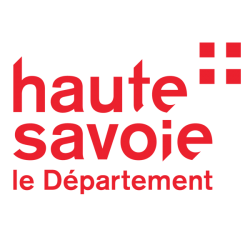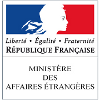WG Topics
Themes to be covered in the Workshop range from Quantum ChromoDynamics to the mechanism of Electroweak Symmetry Breaking to Higgs Physics, models of New Physics and their phenomenology. Four Working Groups have been set up covering these different aspects of the Physics at the LHC, the division into Working Groups being in many cases artificial − think of the interdependence between New-Physics signals and their respective backgrounds as the simplest example. We thus expect and aim towards very strong connections between these groups.
- SM and NLO Multi-leg WG. It will be concerned about the theoretical predictions for multileg processes, including beyond leading order, and the possibility of implementing these calculations in Monte Carlos. This WG aims at a cross breeding between novel approaches (twistors, unitarity cuts,...) and improvements in standard techniques. Particular attention will be devoted to electroweak corrections, to NLO Monte Carlo implementations and improvements, and to NNLO computations. A further topic to cover are new developments in the physics of jets (boosted objects, substructure,...). Many topics covered by this subgroup have a direct connection to precision Higgs physics as well as to New Physics (background but also boosted objects). This WG will convene during the first Les Houches session.
- Higgs WG. The task of this WG is twofold. A first concern is precision calculations and precision measurements together with improvements in search techniques and strategies. The aim is to arrive at a better reconstruction of the Higgs profile. A second concern is how Higgs physics constrains New Physics, either directly by the information it provides for particle searches, or indirectly by its role in, e.g., flavour-physics, or its connection with Dark Matter. The first task will be covered during Session I, in overlap with the activities of the SM and NLO Multi-leg WG. The second task will be addressed during Session II in close connection with the New Physics WG.
- New Physics WG. A central question is how the Higgs-like signal may be used as guidance for models of New Physics and what is the role of Naturalness. Further issues will include model reconstruction and model-independent searches based on topologies as well as the connection with Dark Matter and the impact from astrophysics and cosmology − especially in consideration of the fresh data flowing from this field. This WG will convene during the second Les Houches session.
- Tools and Monte Carlos WG. This WG will liaise with the SM and New Physics WGs, with the task (i) of incorporating in these simulation tools new ideas, novel techniques and new models discussed in the other WG's (ii) of setting standards and accords among the simulation codes to better meet the experimental needs. Issues concerning pdf's and jets will also be covered within this WG, that will run throughout the two sessions. In session I the emphasis will be on SM issues, in close connection with the SM/NLO Working Group, while in session II the emphasis will be on the implementation of new models.
It should be clear from these considerations that, in the spirit of the Les Houches PhysTev series, we expect a strong interplay and collaboration between the different groups and their subgroups. The projects are to start in February 2017 and should be completed by the end of the year 2017.
The meeting at les Houches, between June 5th and June 23rd 2017, will be the central point of the Workshop. Here, in addition to the Working Group activities, a few lectures and review talks are planned. Participation to the Workshop is open to all. However, due to space limitation in Les Houches, attendance to the meeting is limited to 70 participants at any given point. Due to the overwhelming response of the past seven sessions, PhysTeV Les Houches 2017 is over a period of almost 3 weeks. Though we expect a few participants to be able to attend the meeting in its full duration, plans will be made so that a roughly equal number of participants cover the first or the second half of the meeting.













